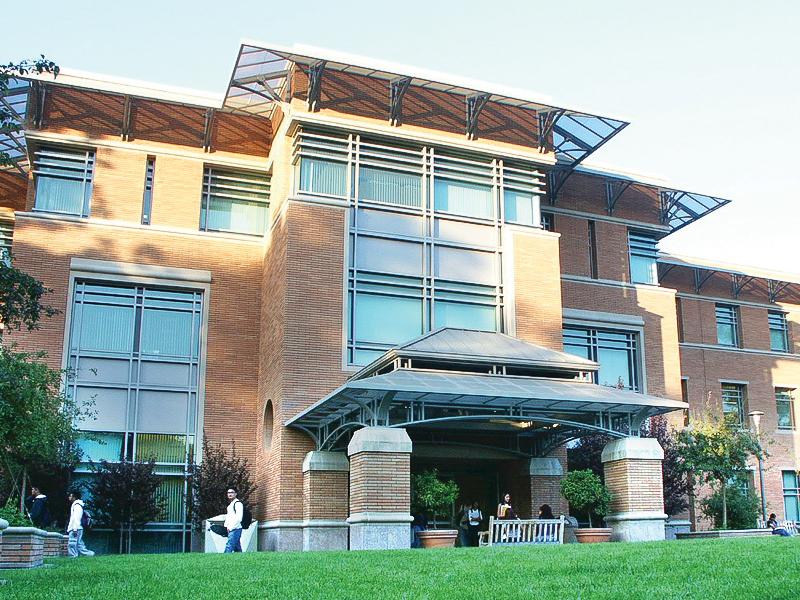
The Andrew W. Mellon Foundation, a nonprofit corporation dedicated to the preservation and expansion of academic knowledge in literature and art, recently awarded a grant of $405,000 to UC Riverside’s Center for Bibliographical Studies and Research (CBSR). The grant will fund the development of new software that will be used to update and revise the English Short-Title Catalog (ESTC). As a database originally developed through joint partnership between CBSR and the British Library, ESTC documents all printed or bibliographically recorded English works between 1473 and 1800.
The ESTC, in its over 30 years of development, has received nearly $10 million in grant funding, and now contains copies of over 90 percent of all works printed before 1800, translating to well over 500,000 documents. However, it is primarily a reference directory and most of the recorded materials are not directly available to the online viewers.
“Right now, (the ESTC) is very much a scholarly research tool, not something necessarily that the general public would use that often,” stated Dr. Brian Geiger, current director of CBSR. “It is mainly professors, graduate students, even people interested in old books who would use our catalog.”
The new software not only expands ESTC’s online presence, but also allows scholars from all over the world to access and edit the catalog by updating their personal scholarly works or editing information that is incomplete, inaccurate or simply nonexistent.
The Mellon-funded project aims to refocus the work done in the ESTC from professional catalogers to the actual users of the catalog.
In addition to the Andrew W. Mellon grant, the CBSR has received grants in 2010 and 2011 from Google to incorporate Google Books into the ESTC to aid in its expansion into digital reference.
Geiger sees the creation and maintenance of the ESTC as one of the most amazing accomplishments in bibliography in the 20th century, as a couple thousand new records are added to the ESTC every year. Although the catalog’s rapid rate of expansion would require frequent major funding from outside organizations, Geiger stated his good faith in the catalog’s continued success.
“Ultimately, (the new version of the ESTC) will allow those who use the catalog to ask new questions about the materials,” stated Geiger concerning his vision for this project. “With the newly created benefits of the updated edition of the ESTC, our knowledge of English literature, documentation and records can only expand.”
By Oct. 2015 — the software’s projected completion date — the ESTC will contain close to 600,000 recorded documents.








